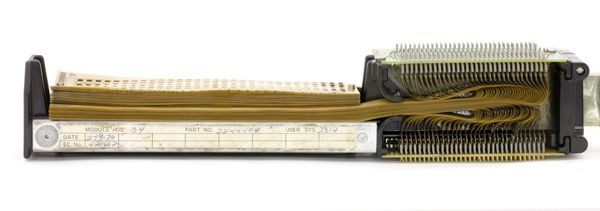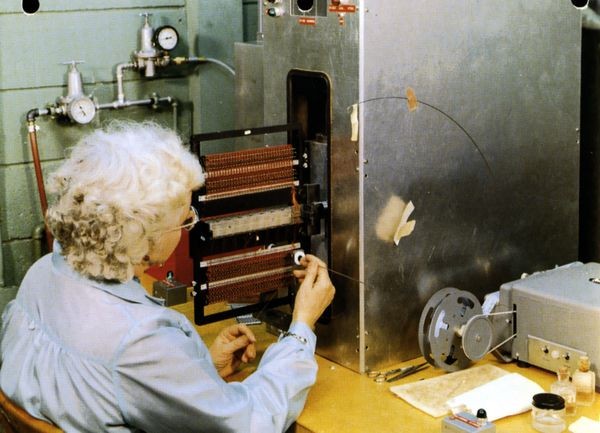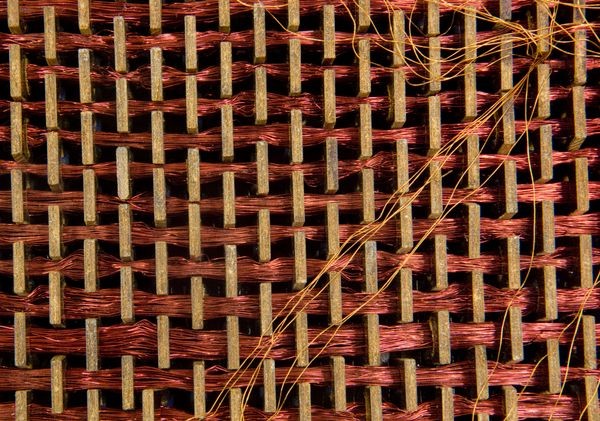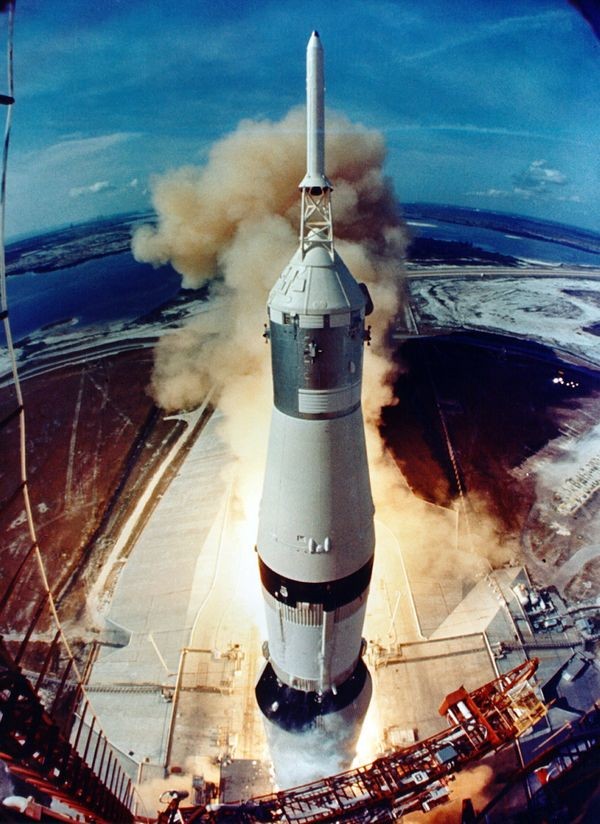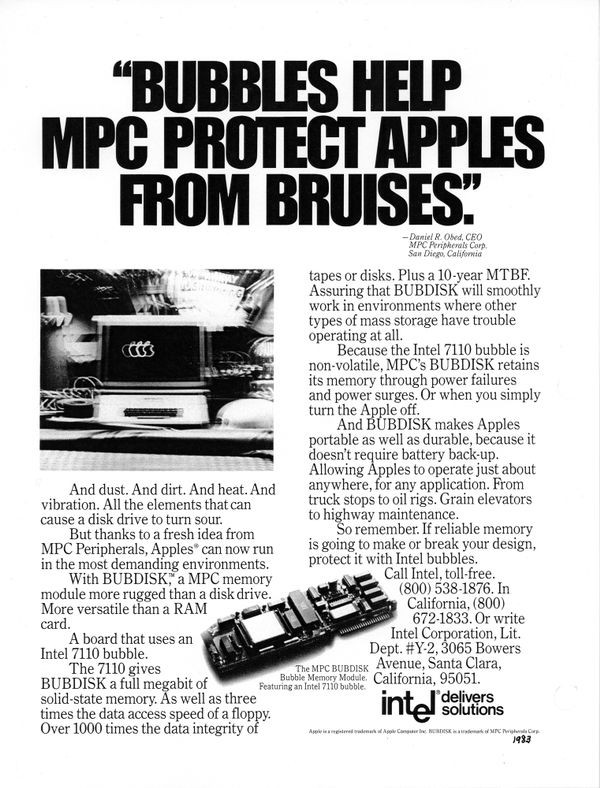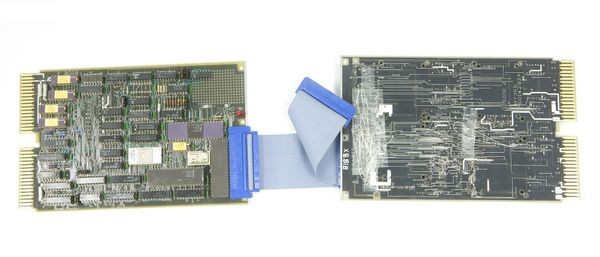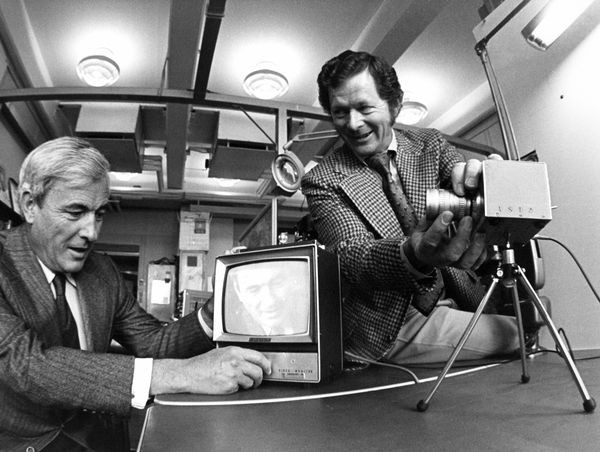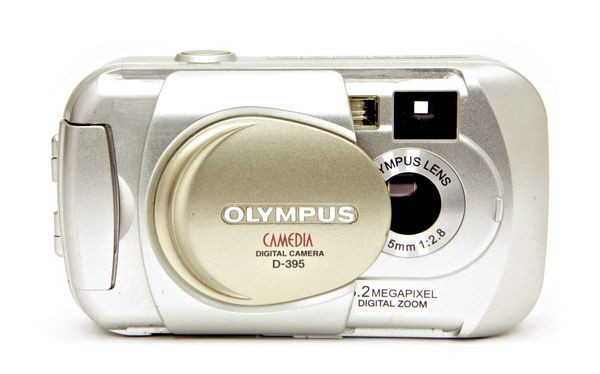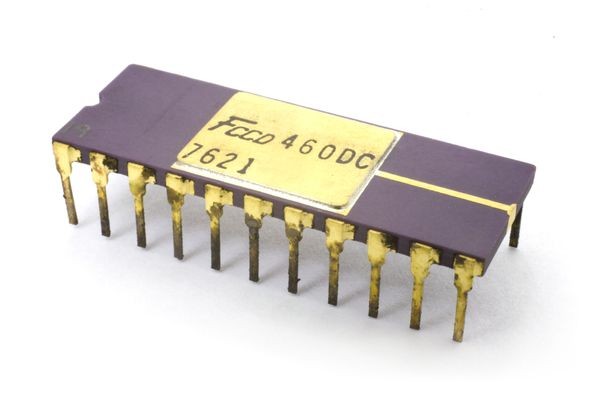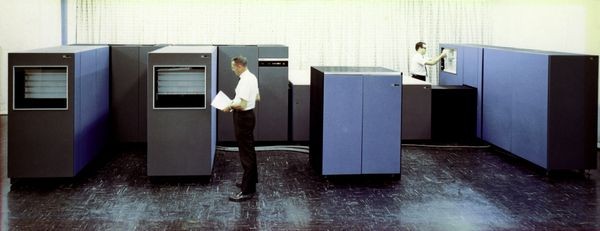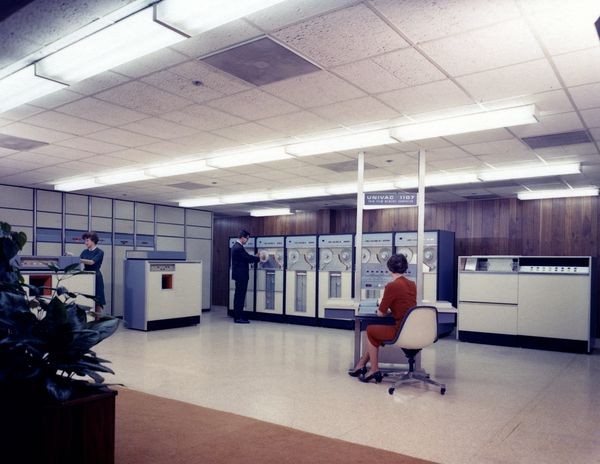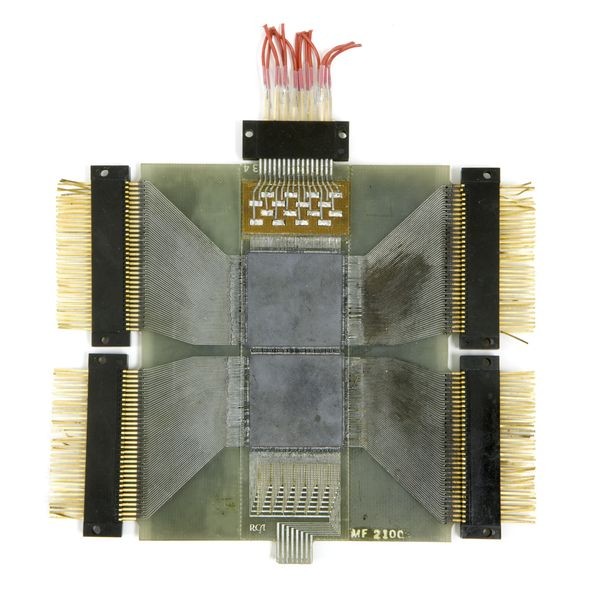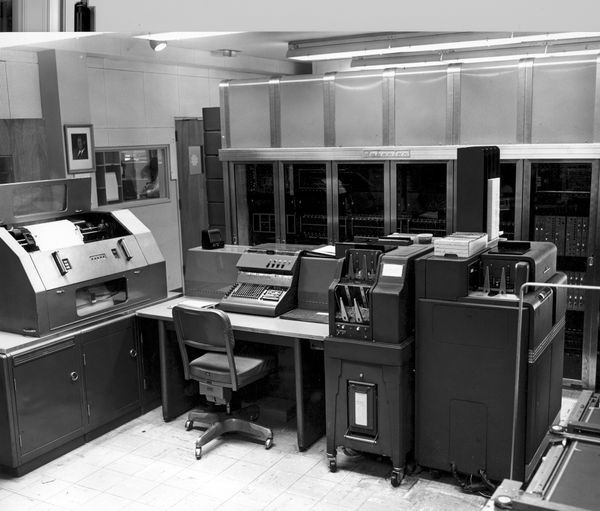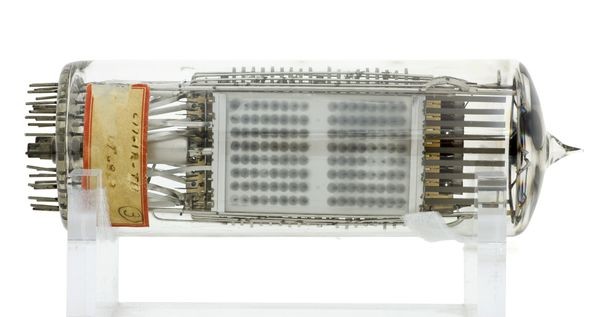Innovative Ideas & Stepping Stones Part I
32K word magnetic core memory board
Magnetic core was the main memory in computers from about 1955 to the 1970s. This minicomputer memory combines core with integrated circuit (IC) drivers. ICs would soon replace the cores themselves.
Innovative Ideas & Stepping Stones
Necessity is the mother of invention. But not all her offspring end up equally successful.
Computer engineers recognized the need for efficient, reliable, affordable memory and storage. Many devised solutions, often attracting supporters who invested considerable money and time. Some ideas worked. Others fizzled, yet served as valuable stepping-stones to later technologies. And many, ultimately, proved creative dead ends.
Transformer Read Only Storage (TROS) module
Each bit of this read-only memory for microcode is a little magnetic transformer. Punches in the mylar strips control whether current flows through the transformer or around it, representing a zero or a one.
View Artifact DetailCore Rope Memory
Developed in the mid 1950s, core rope technology used a matrix of ferrite cores and wires for “read only” memory. Because it was relatively immune to electromagnetic interference, military and aerospace applications continued using rope memory into the 21st century.
Apollo Guidance Computer rope memory wiring
It could take days to change one line of a program stored in rope memory.
View Artifact DetailPrototype rope memory unit
This is a prototype rope memory unit made by Burroughs for the MIT Instrumentation Laboratory for their development of the Apollo Guidance Computer by 1963. It was not selected for the computer, rather a design submitted by Raytheon won.
View Artifact DetailApollo 11 launch
The Apollo Guidance Computer — along with three astronauts — lifted off on July 16, 1969.
View Artifact DetailBubble Memory
Bubble memory—small, magnetized areas (“bubbles”) on a thin film—seemed a promising technology when Bell Labs first explored it.
By mid 1970s, nearly every major electronics firm was interested. An estimated $1 billion was spent on research. But, eclipsed by hard disk and semiconductor RAM in the 1980s, the bubble popped.
Intel Bubble Memory advertisement
Bubble memories were promoted as more robust than hard disks. They probably were, but they still did not succeed.
View Artifact Detail4 Mbit bubble memory array
A few magnetic bubble memories reached the market and were used in video games and machine tool controllers. Each silver square on this board stores 1 Mbit.
View Artifact DetailCharge-Coupled Storage Devices?
Charge-coupled storage devices failed. And then triumphed.
Developed at Bell Labs in the 1960s for solid-state storage, CCDs were swiftly surpassed by magnetic disks. They never succeeded as storage. However, astronomers recognized their potential as light sensors. CCDs became a mainstay of digital cameras—honored in the 2009 Nobel Prize in Physics.
Bell Labs researchers with charge-coupled device (CCD)
Willard Boyle (left) and George Smith demonstrate a video camera built using the CCD they invented. In 2009 they received the Nobel Prize for Physics.
View Artifact DetailD-395 digital camera
The first commercial digital camera was sold in 1990. Charge-coupled devices (CCDs) have revolutionized photography and made photographic film largely obsolete.
View Artifact DetailF460DC Charge-Coupled Device (CCD) memory chip
CCDs contain long rows of capacitive bins holding electrical charges that shift along the rows. This chip was just a shift-register memory. But if light focused on the bins creates the charges, a CCD becomes an image sensor.
View Artifact DetailIBM 1360 Photo-Digital Storage System
Trillion-bit storage for the first time! An electron beam wrote bits onto small plastic film strips, which were stored in bins and managed by a complex robotic retrieval system. Difficult to keep running, only seven were produced—all for government customers.
IBM 1360 Photodigital Store
This massive archival storage system held about 160 GB. You now can carry that much data in your pocket.
View Artifact DetailIBM 1360 ("Cypress") photo-digital storage system module
This terabit memory was inspired by a CIA project to store vast amounts of information.
View Artifact DetailThin Film Memory
Sperry Rand developed this faster variation on core memory. Small glass plates held tiny dots of magnetic metal film interconnected with printed drive and sense wires. Used in the 1962 UNIVAC 1107 for high-speed registers, it proved too expensive for general use.
Sperry Rand UNIVAC 1107 computer
The 1107 used thin film memory for its high-speed registers. Though touted as “the most significant technological achievement since solid-state circuitry,” it didn’t last long.
View Artifact DetailThin film memory
Although short-lived, thin film memory was used in some military computers because it was fast and resistant to radiation.
View Artifact DetailRCA Selectron Tube
Jan Rajchman at RCA began work in 1946 on Selectron tube memory: vacuum tubes with isolated gates (“eyelets”) that stored individual bits. Complicated and expensive, Selectron tubes were used only in the JOHNNIAC…and later replaced even there with core memory.
JOHNNIAC in operation
JOHNNIAC’s main memory initially consisted of 80 expensive RCA Selectron tubes holding a total of 512 40-bit words.
View Artifact DetailJOHNNIAC Selectron tube
Originally designed to hold 4096 bits, the tubes RCA could actually produce held just 256 bits. Each bit was as an isolated stored charge that was continuously regenerated.
View Artifact Detail







